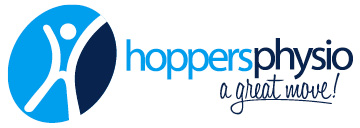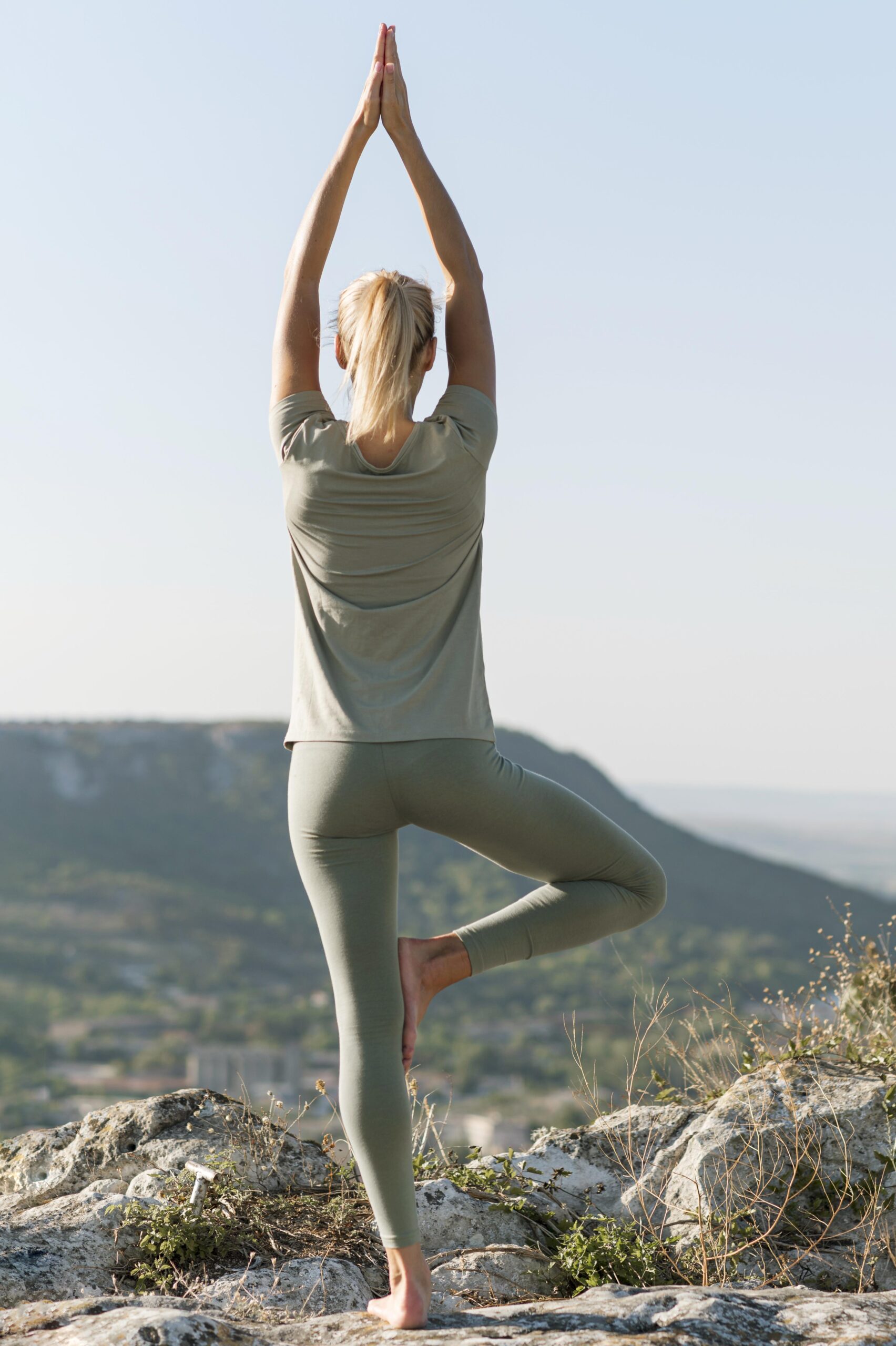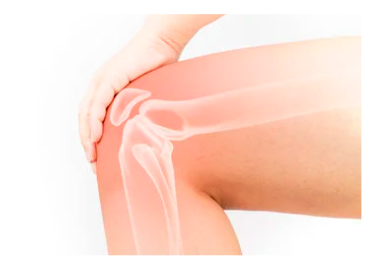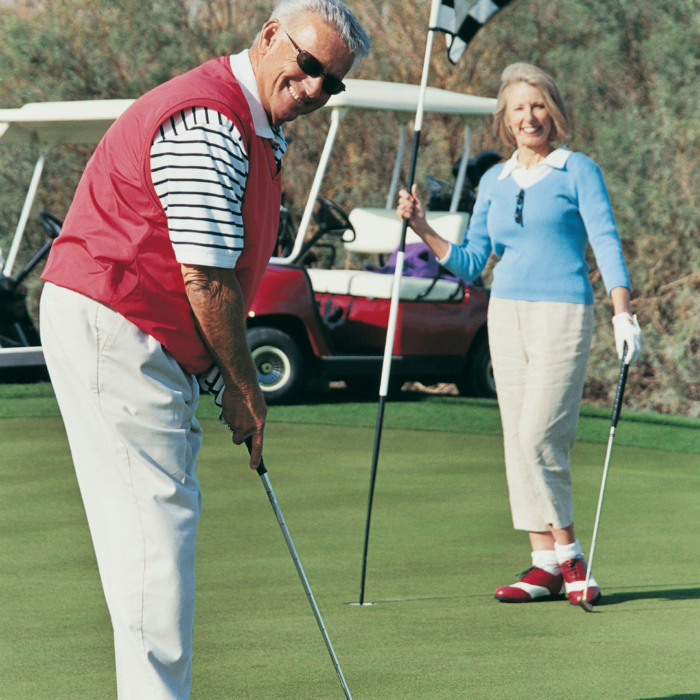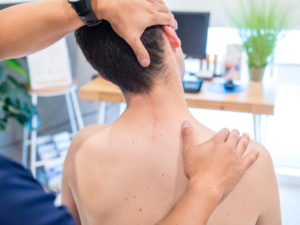How a Strength and Balance Program Can Improve Your Stability as You Age
As we age, several changes in the body contribute to reduced balance: 1. Inner Ear (Vestibular System): The vestibular system helps your brain understand motion and position. With age, it becomes less accurate, leading to dizziness or unsteadiness. 2. Muscle Weakness and Stiff Joints: Muscles lose strength and joints become stiffer over time. This makes it harder to react quickly or adjust your posture when your balance is challenged—especially if you're less physically active. 3. Slower Reflexes: The nervous system…
